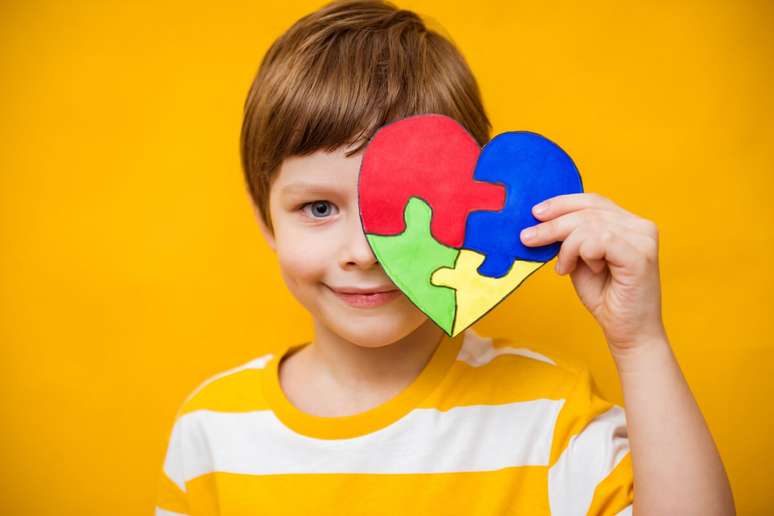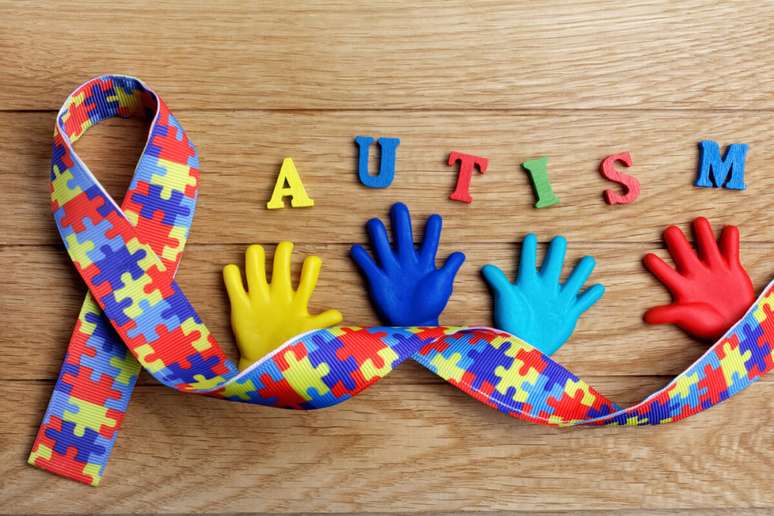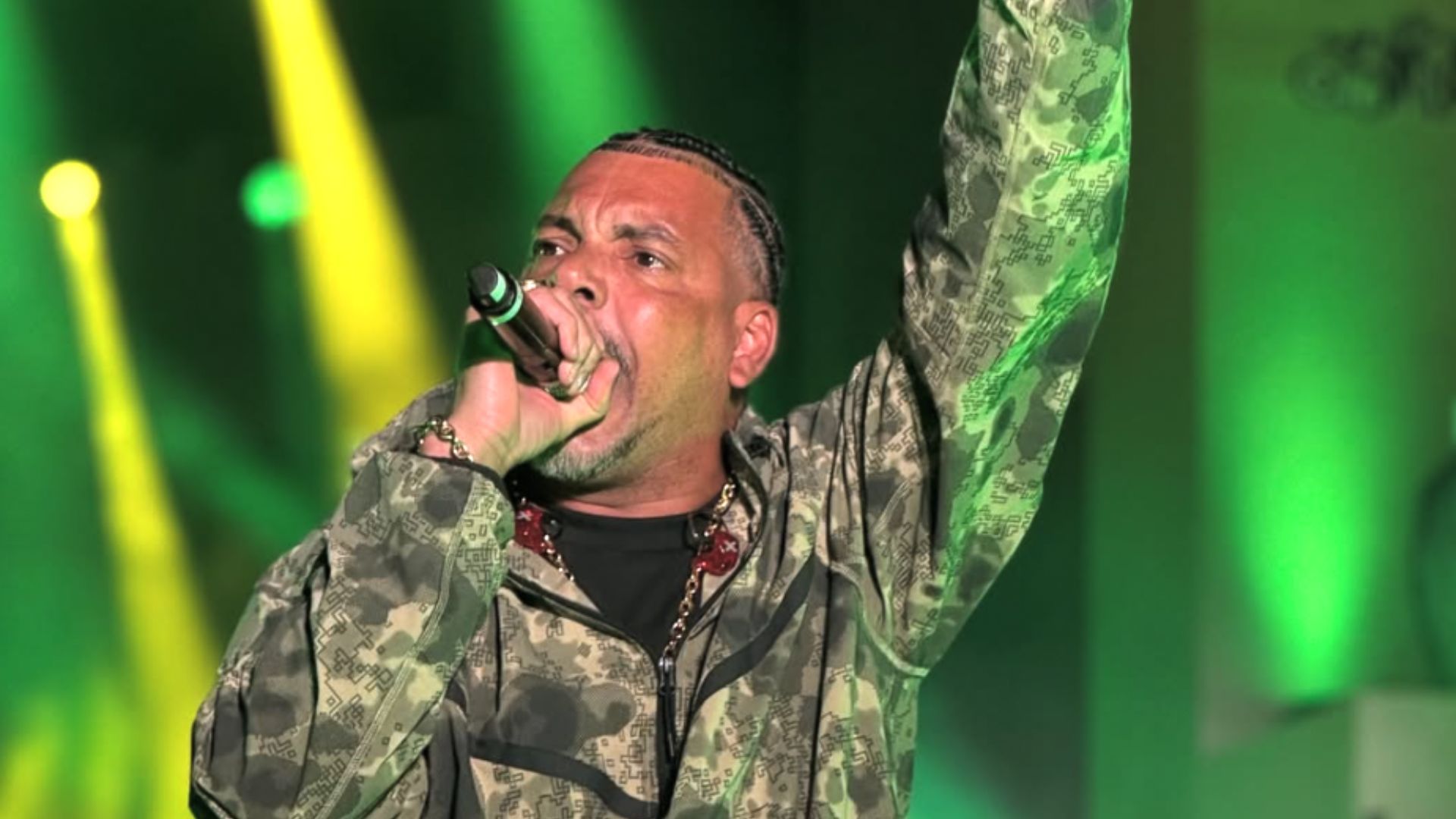The developmental brain disorder has several levels and can be identified in the first years of life
Autism spectrum disorder (ASD), popularly known as autism, is a developmental brain disorder that affects individuals at birth or early in life. While there are no specific data on how many people have the disorder, many studies indicate that its prevalence is higher in boys than in girls.
html[data-range=”xlarge”] figure image img.img-f2db115dfd22e98f54d22a8f27d0f4f2k8txdzgw { width: 774px; height: 516px; }HTML[data-range=”large”] figure image img.img-f2db115dfd22e98f54d22a8f27d0f4f2k8txdzgw { width: 548px; height: 365px; }HTML[data-range=”small”] figure figure img.img-f2db115dfd22e98f54d22a8f27d0f4f2k8txdzgw, html[data-range=”medium”] figure image img.img-f2db115dfd22e98f54d22a8f27d0f4f2k8txdzgw { width: 564px; height: 376px; }
According to Dr. Roberto Debski, psychologist and general practitioner, ASD is characterized by “the commitment to the development of social interaction, communication, as well as a narrow repertoire of interests and activities, which manifest themselves in different degrees”.
Levels of autism spectrum disorder
As explained by Dr. Juliana Arita, neuropediatrician of APAN (Association Paulista of Neurology), the I disturb on the Autistic Spectrum it is classified into 3 levels of severity, based on the support the individual needs:
- Level 1: needs little support – there is little or no impairment in language, difficulty initiating interactions, reduced interest in relationships, and inflexibility;
- Level 2: needs moderate support – there is inflexibility, impairment of language, difficulties with verbal and non-verbal communication, impairment of social skills and possibility of intellectual disability;
- Level 3: needs high support – lack of functional language, possibility of intellectual disability, severe communication impairment, impaired social skills, intense repetitive behaviors, and inflexibility.
Causes of autism spectrum disorder
According to the most recent version of the Diagnostic and Statistical Manual of Mental Disorders (DSM-5), the causes of Autism Spectrum Disorder can be genetic, environmental and/or physiological.
“Studies show that the genetic factor is the one that contributes the most, in 90% of cases. Sometimes, a genetic alteration alone determines a picture of autismbut there are cases where a genetic predisposition associated with an environmental and/or physiological factor can lead to the development of the condition,” exemplifies Dr. Juliana Arita.

Main symptoms of ASD in childhood
The symptoms of ASD vary from person to person, depending on the degree of the disorder. The doctor. Roberto Debski, on the other hand, estimates that some of the most common signs in childhood are: irritability, sleep irregularities, altered postural alterations, alteration of vocalization and, in the most serious cases, cognitive and socio-affective limitations.
Dr. Juliana Arita also adds that, before the age of two, the child may have little eye contact and little reaction to facial expressions. These symptoms can be observed when “the child does not look when called by name, does not follow the movement of people around, does not look in the direction where other people are pointing, does not point and does not use other means of communicative gestures.”
Characteristic symptoms of ASD in adulthood
Especially in mild cases, ASD is often not diagnosed in childhood and, therefore, people only discover the disorder in adult life. The doctor. Roberto Debski justifies this diagnostic failure by the lack of information on the disorder.
“The mildly affected adult, who was not diagnosed as a child, may at some point suspect ASD when seeking professional help for issues related to relationship difficulties, routine, repetitive behavior needs, and adjustment issues.” social,” says the psychologist and general practitioner.
Diagnosis of the disorder
The main diagnosis of Autism Spectrum Disorder it is performed clinically, that is, by describing the symptoms. Dr. Juliana Arita clarifies that the investigation occurs through the fulfillment of clinical criteria related to impairments in communication and social interaction, as well as the presence of restricted and repetitive behavior patterns.
The doctor. Francisco Assumpção, child and adolescent psychiatrist and member of the Paulista Academies of Medicine and Psychology, adds that, since it is a difficult diagnosis, further procedures may be necessary. “Sometimes, in order to better define the condition and verify the therapeutic possibilities, other tests are requested – neuropsychological tests to see the type of cognitive impairment, as well as laboratory tests to detect possible diseases in the picture,” he analyzes.

Treatments for ASD
There is no cure for autism spectrum disorder, but there are several treatments that help reduce symptoms and improve the individual’s overall development. Applied behavior analysis-based psychotherapy, for example, “involves intensive, individualized instruction in essential behavioral and communication skills,” reports Dr. Robert Debski.
Other treatments that should be considered, according to Dr. Juliana Arita, are accompaniment with the speech therapist for communication development, as well as occupational therapy sessions for the identification of possible impairments in sensory processing.
“At the same time, some patients may need combinations with medications, especially in cases where there is comorbidity with other illnesssuch as epilepsy, anxiety, depression and attention deficit hyperactivity disorder (ADHD),” points out the neuropediatrician.
Importance of support network and social inclusion
One of the most important points when it comes to Autism Spectrum Disorder is the support network. In this case, family members and close friends need to understand their role in the life of an autistic person. To do so, they must “study and understand the disorder, engage with treatment, and follow guidance so that effective interaction occurs,” says Dr. Giuliana Arita.
Another fundamental problem is the social integration. Over the years, various laws have guaranteed access for autistic people to school and work. Despite this, Dr. Roberto Debski underlines that the family “should know the rights of the person with SLD and appoint the appropriate bodies to ensure that the laws are respected”.
Source: Terra
Ben Stock is a lifestyle journalist and author at Gossipify. He writes about topics such as health, wellness, travel, food and home decor. He provides practical advice and inspiration to improve well-being, keeps readers up to date with latest lifestyle news and trends, known for his engaging writing style, in-depth analysis and unique perspectives.









